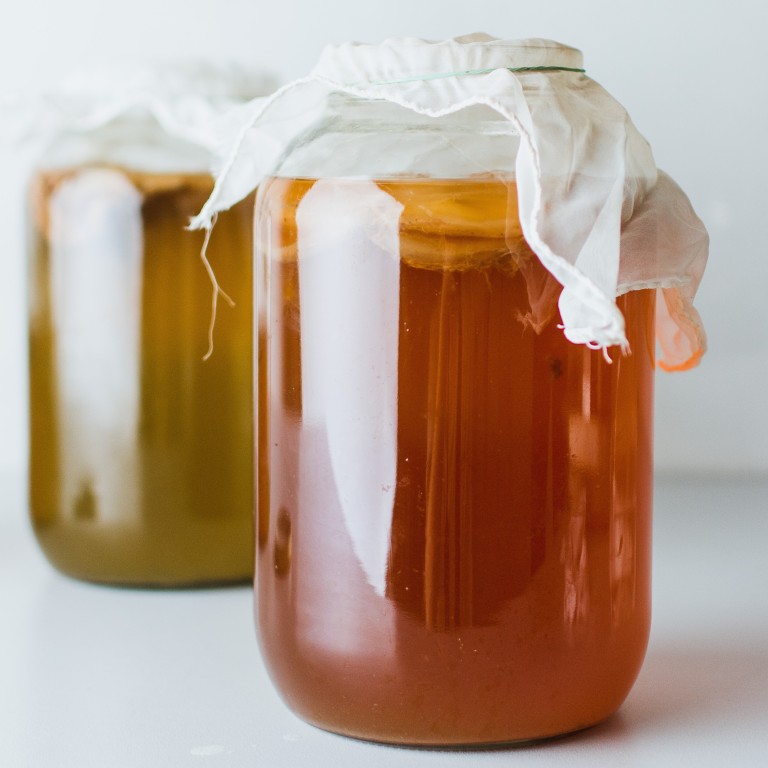A lot of rot? Bread rising from 4,500-year-old Egyptian yeast, Thai beef soup stock simmering for 45 years and a 3-century-old French stew – do they come with an expiry date?

There is the slow food movement, but how about old food? Fermentation and ageing may add flavour, others say it’s a lot of rot, but Seamus Blackley, known as the father of the X-Box, reckons there is dough in it
In late 2019, Seamus Blackley, known as the father of the X-Box, and a keen sour dough bread baker and Egyptologist, made bread using a 4,500-year-old yeast, collected from ancient Egyptian ceramic pots once used for beer and bread making. Quite the achievement.
While resurrecting dormant yeasts is not for everyone, there are certainly fans of keeping a dish going for a lengthy time, or keeping something alive and active for as long as possible.
Take the perpetual stew for example. Dating back to medieval times, the stew traditionally consisted of whatever was to hand, with ingredients and liquid continually added before the stew was finished. The flavour was said to get better with age.
The French pot-au-feu is another example – one concoction of the French national dish was allegedly kept bubbling from the 15th century until the second world war, and another for a mere 300 years.
Closer to home is Wattana Panich’s perpetual beef noodle soup dish that has been simmering for over 45 years. Located in Bangkok, the humble family run establishment has maintained the neua tune the traditional way. Reserving broth from the day’s batch to start the following day’s soup, balancing the flavour until it taste as it should. The secret recipe has been passed on orally for three generations.
There is also Chinese master stock, a stock that is continually used for poaching or braising, and is common in Cantonese and Fujian cuisines.
A master stock varies from a stock in that it is not discarded or used for a sauce or soup. The aromatic liquid begins with a meat stock with the addition of soy sauce, rice wine and spices, such as star anise and cassia bark, continually becoming more flavourful and complicated over time, intensifying the flavour of the poached or braised ingredients in turn. With the correct care this type of stock, in theory, can be used indefinitely, with claims of master stocks in China being centuries old.